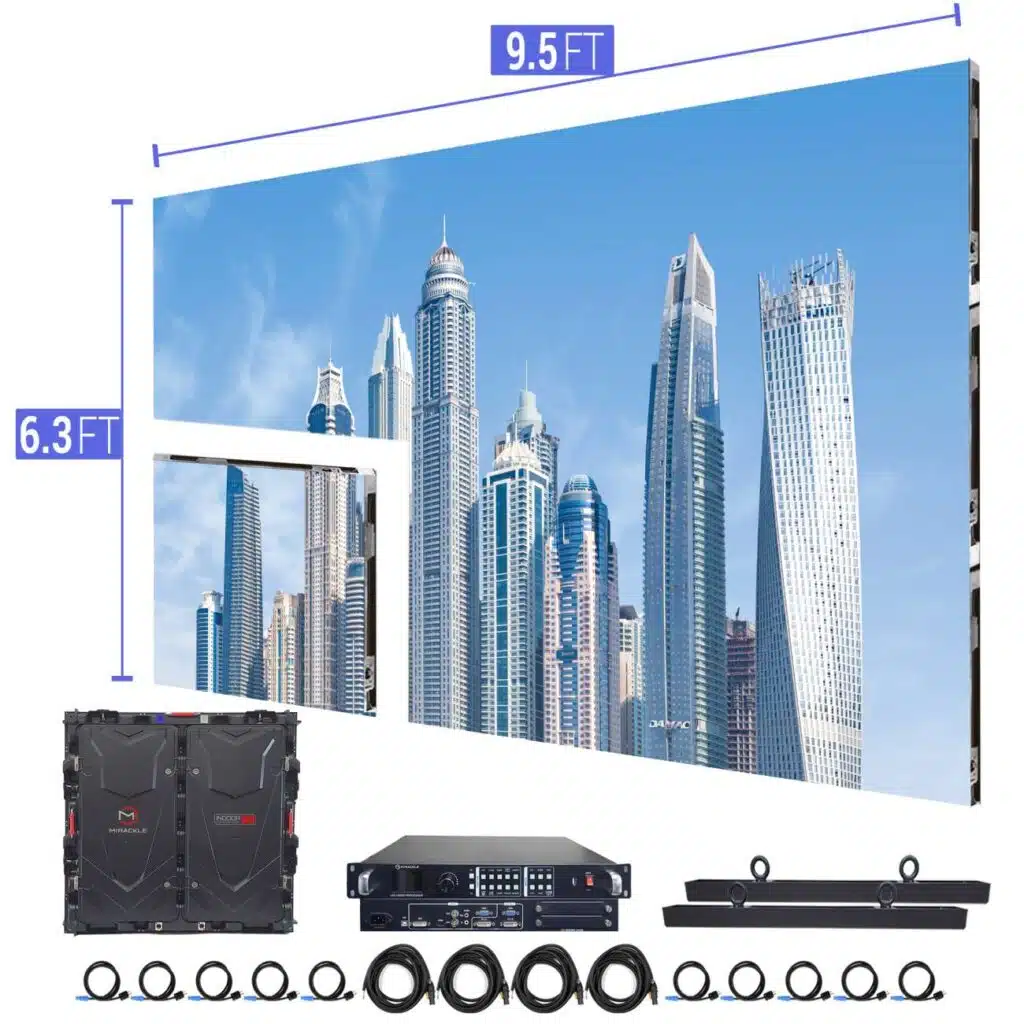Efficient Tactics for Overcoming Heat Challenges in LED Display Panels
Wiki Article
Light Emitting Diode panel panels are progressively popular for multiple uses, including promotion, events, and digital screens. Nevertheless, excess heat is a significant challenge that can affect their functionality and lifespan. When LED panels overheat, they may decrease in brightness, hue shift, or even fail entirely. Grasping the reasons and applying effective strategies to control heat can assist maintain the optimal operation of LED panel screens. This article will explore several approaches to tackle overheating challenges associated with these devices.
One powerful approach for stopping excess heat in LED panel screens is ensuring proper airflow. It is essential to install these panels in environments where air circulation is adequate. This can be accomplished by positioning the screens in a properly aired space or using fans to enhance ventilation around the devices. Additionally, if the screens are installed in a tight area, creating openings or using air ducts can help release heat more efficiently. Keeping a lower ambient temperature is crucial, as it directly impacts the performance and durability of LED panel screens.
Another way to address overheating is through the use of thermal management substances. These materials can help absorb, dissipate, or redirect heat away from the LED elements. Thermal sinks are frequently used in many electronic units, such as LED screens. These metal components draw heat away from the light-emitting diodes, permitting them to function at a more secure temperature. Additionally, thermal paste or films can be utilized to improve heat conduction between the LED chips and the heat sinks, further enhancing their cooling effectiveness.

Regular maintenance and oversight of LED panel screens also play a critical role in stopping excess heat. Dirt and grime can build up on the faces of these screens, blocking airflow and trapping heat. Regular cleaning, using appropriate tools, will keep the panels free from blockages. Furthermore, tracking the heat level of the screens can help detect excess heat problems before they turn into critical. Using heat monitors can provide important information, enabling users to take remedial steps if the screens begin to exceed safe operating temperatures.
The use of advanced technology can also help address overheating challenges in LED wall panels. Many modern LED screens come fitted with built-in heat control systems. These systems can instinctively modify the luminosity of the screen based on the temperature, reducing heat generation when necessary. Additionally, software solutions can track the functionality of the screens and provide notifications if excess heat is identified. Using these tools can considerably enhance the longevity and reliability of LED wall panels.
In conclusion, managing excess heat in LED panel screens is essential for guaranteeing their functionality and lifespan. Implementing strategies such as ensuring adequate ventilation, utilizing heat control substances, conducting regular maintenance, and utilizing cutting-edge tools can help reduce excess heat challenges. By taking these proactive steps, users can benefit from the complete advantages of LED wall panels while minimizing the risk of heat-related problems. go to this site This method not only improves the functionality of the panels but also contributes to a more eco-friendly and effective application of technology in various applications.